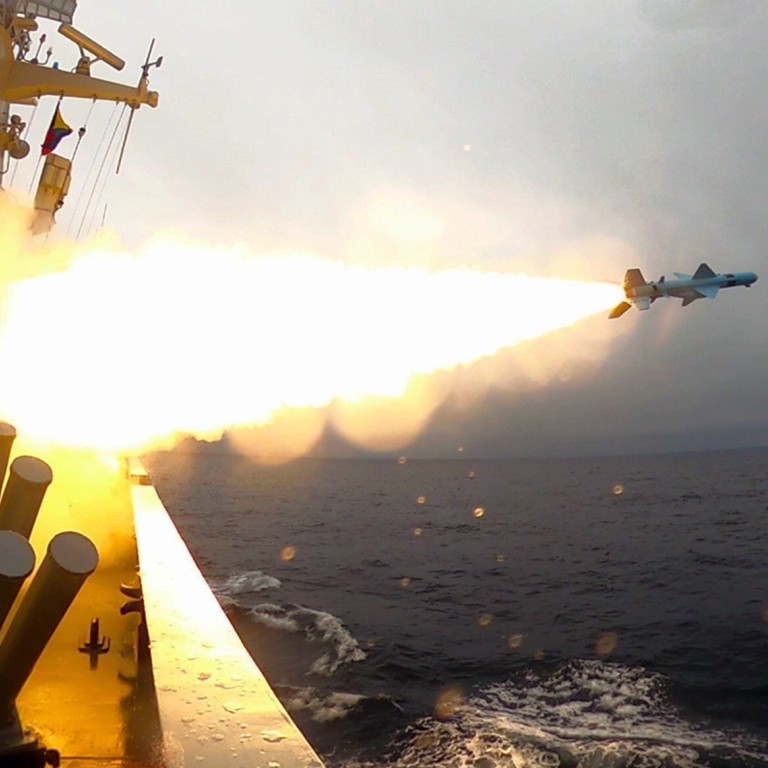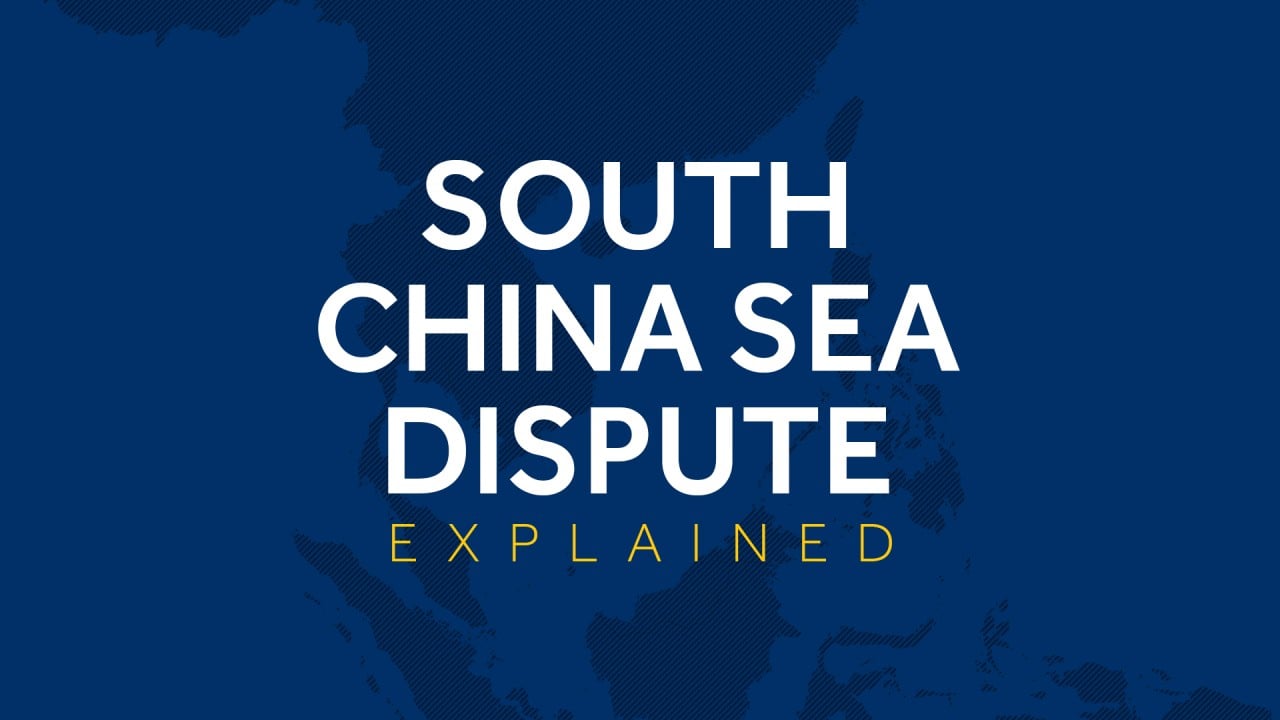
South China Sea: are carrier-killer missiles being primed for PLA tests?
- A large section of waters from Hainan to the Paracels has been cordoned off by China’s maritime authorities from Friday
- The launches will depend on whether US exercises nearby threaten China’s sovereignty, analyst says
The drill is expected to take place between Friday and Tuesday, and comes as the US and its allies also hold exercises in the region.
In a notice on Wednesday, the China Maritime Safety Administration said general maritime traffic was banned from waters southeast of Hainan Island to those around the disputed Paracel Islands in the South China Sea during the five-day period.
Military affairs commentator and former PLA instructor Song Zhongping said the drill was expected to be a large-scale military exercise involving multiple services and weapons.
“Modern warfare requires the participation of multiple military forces, rather than a single branch alone,” Song said.
“Anti-ship ballistic missiles have to be tested in these kinds of exercises to improve their use in combat conditions.”
China’s rocket force tests ‘carrier killer’ DF-26 ballistic missiles
The US is also mounting large-scale drills with its allies in the region.
The exercises started on Monday and will continue until August 27, and are what the US Navy has described as a show of the American military’s readiness “at the high end of warfare expressly because of its global operational commitments”.
Asked about China’s maritime traffic ban, a Pentagon representative said: “Military activities such as this demonstrate why [Defence Secretary Lloyd Austin] has identified China as the department’s pacing challenge.
“The United States will fly, sail and operate wherever international law allows,” he added.
The US State Department also denounced China’s military operations in a statement released on Friday after Secretary of State Antony Blinken’s participation, virtually, in the Asean Regional Forum ministerial meeting.
“Secretary Blinken called on [China] to abide by its obligations under the international law of the sea and cease its provocative behaviour in the South China Sea,” the department said.

It also took Beijing to task for other areas of its military activities, expressing “deep concern with the rapid growth of [China’s] nuclear arsenal which highlights how Beijing has sharply deviated from its decades-old nuclear strategy based on minimum deterrence”.
The Chinese defence ministry did not confirm the tests, but Wang Xiangsui, a former senior colonel, later told a forum on domestic and international affairs that the missiles hit a ship near the Paracel Islands, their intended target.
Why China brought out the ‘aircraft-carrier killer’ to flex its military muscle
A source close to the Chinese military said sealing off a large area did not necessarily mean there would be missile tests – the key factor was whether China’s sovereignty was threatened.
“If other countries threaten China’s sovereignty during the exercise, it is possible China would launch missiles as deterrence,” the source said.
“Missile launches depend on signs of threats to China’s sovereignty rather than the size of the maritime areas in which the drill is conducted.”
The source also said the large-scale drill was a response to the possibility of a military crisis.
“Large-scale military exercises are determined by two factors. One is the [military] plan and the other [in this case] is the US exercises in the disputed waters,” he said.
Taiwan launches ‘carrier killer’ corvette as it strengthens defences against mainland China attack
Zhou Chenming, a researcher from the Yuan Wang military science and technology institute in Beijing, said the PLA would also be ready to respond more aggressively if the United States took further provocative action towards China.
“The US used to send warships as onlookers when the PLA Navy was conducting naval drills. The Chinese military could tolerate this if the Americans did not make excessive moves like going within 12 nautical miles of Chinese islands,” Zhou said.
“However, the PLA is ready for any necessary response, including launching DF-21D anti-aircraft carrier missiles and other powerful weapons as warnings.”

03:23
The South China Sea dispute explained
The German warship Bayern set off for the Pacific this week on a voyage that includes stops in Guam, Japan, South Korea, Vietnam and Singapore.
Collin Koh, a research fellow from the S Rajaratnam School of International Studies at Singapore’s Nanyang Technological University, said the area of the Chinese drill meant longer-range weapons would be employed.
“The Chinese war game is more likely designed as a counter-posturing move against what Beijing could have perceived to be intensified foreign military activities in the South China Sea,” he said.
“Certainly this constitutes a strong signal, given the amount of state media coverage of the carrier-killer role accorded to the anti-ship ballistic missiles. The scant amount of available info on the missile performance in anti-ship roles also adds to the ambiguity and uncertainty, hence achieving some added layer of deterrence.”
Additional reporting by Minnie Chan and Robert Delaney


